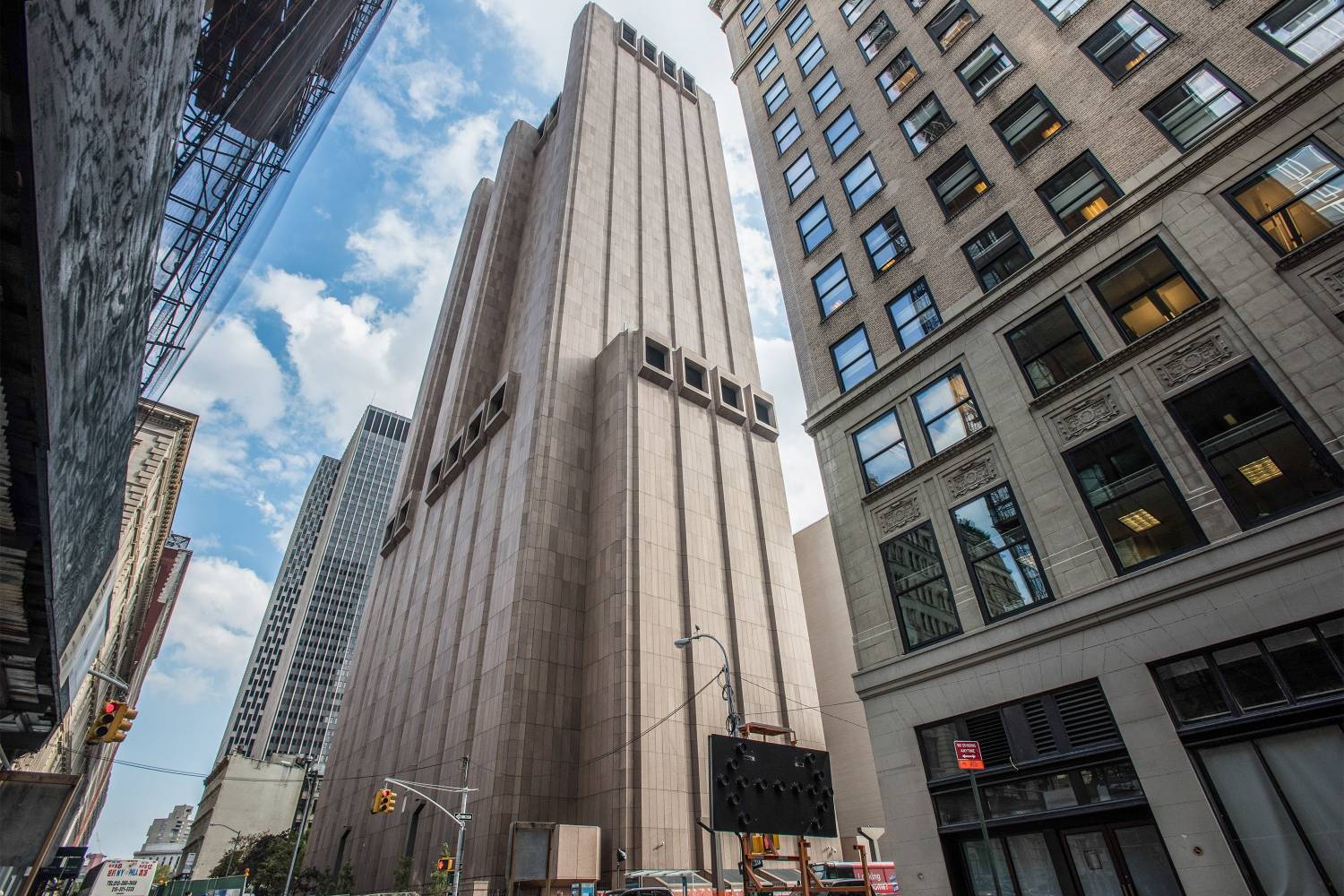Long Lines Building

Long lines are more than mere architectural structures; they embody the ingenuity, ambition, and artistic expression of human civilization. These towering behemoths stand as testaments to human endeavor, pushing the boundaries of engineering and design. From ancient wonders to modern marvels, long lines have captivated the imagination of people worldwide. Let us embark on a journey through time and space to explore some of the most iconic long lines in history.
The Great Wall of China
One cannot speak of long lines without mentioning the Great Wall of China. Stretching over 13,000 miles, this colossal fortification winds its way across the Chinese landscape, traversing mountains, valleys, and deserts. Constructed over centuries by successive dynasties, the Great Wall stands as a symbol of China’s resilience and determination to defend its borders.
Originally built to protect against invasions from nomadic tribes, the Great Wall is a marvel of ancient engineering. Consisting of stone, brick, tamped earth, and other materials, it incorporates watchtowers, battlements, and fortresses along its length. Despite its age, parts of the wall remain remarkably well-preserved, attracting millions of visitors each year.
The Pyramids of Giza
The Pyramids of Giza, located on the outskirts of Cairo, Egypt, are among the most recognizable and enduring symbols of human civilization. Built over 4,500 years ago during the Old Kingdom period, these majestic structures were tombs for pharaohs and their consorts. The largest and most famous of the pyramids, the Great Pyramid of Khufu, stands at a staggering height of 481 feet.
Constructed using millions of limestone and granite blocks, the Pyramids of Giza showcase the architectural prowess of the ancient Egyptians. Despite the passage of millennia, they continue to inspire awe and fascination, drawing tourists, archaeologists, and scholars from around the world.
The Colosseum
In the heart of Rome, Italy, stands the Colosseum, an enduring symbol of ancient Roman engineering and entertainment. Completed in 80 AD, this amphitheater could accommodate up to 80,000 spectators and hosted gladiatorial contests, animal hunts, and other public spectacles.
Constructed of concrete and sandstone, the Colosseum features a distinctive elliptical shape and a series of arched entrances. Despite suffering damage from earthquakes, fires, and vandalism over the centuries, it remains one of the most visited landmarks in Rome, serving as a reminder of the grandeur and brutality of the Roman Empire.
The Eiffel Tower
A symbol of romance and engineering prowess, the Eiffel Tower stands as an iconic landmark in the heart of Paris, France. Designed by Gustave Eiffel for the 1889 World’s Fair, this wrought-iron lattice tower rises to a height of 1,063 feet, making it one of the tallest structures in the world at the time of its completion.
Initially criticized for its unconventional design, the Eiffel Tower has since become synonymous with Parisian elegance and innovation. Each year, millions of visitors ascend its heights to enjoy panoramic views of the city and marvel at its intricate lattice work.
The Burj Khalifa
Rising from the desert sands of Dubai, the Burj Khalifa stands as a testament to modern engineering and ambition. Completed in 2010, this soaring skyscraper holds the title of the tallest building in the world, reaching a dizzying height of 2,722 feet.
Designed by architect Adrian Smith, the Burj Khalifa features a sleek, futuristic design inspired by Islamic architecture and incorporates cutting-edge technology to withstand the harsh desert climate. Its observation decks offer breathtaking views of Dubai and the surrounding landscape, attracting tourists and thrill-seekers from around the globe.
Conclusion
Long lines have played a central role in shaping human history and culture, serving as symbols of power, innovation, and artistic expression. From the ancient wonders of the world to the modern marvels of skyscrapers, these monumental structures continue to inspire awe and admiration, reminding us of the limitless potential of human creativity and ingenuity. As we marvel at these towering achievements, let us also reflect on the challenges and triumphs that have shaped our collective journey through time.
